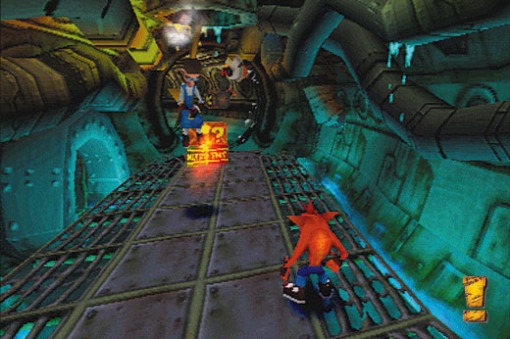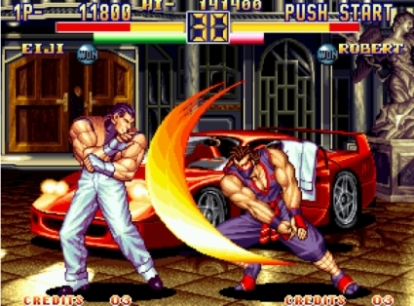Rules and Gameplay:
1. To start the game, players shake their cups with the dice in them. Then everyone slams them on the table with the openings downward, so no one else can see how the dice fell. Players can look at their own dice, but they shouldn’t be able to see anybody else’s. After you peek at your dice, based on what you found you can make a call about how many of any number of dice there are on the table.
2. Players can also change their calls as others make theirs. The calls must be in order to the player on the left. If somebody else makes a higher call than you, you can raise yours, but only if the player that raises it is on the left. The hands are ranked first by amount (5 4’s), then by value (5 4′s). Like (2, 3’s) are better that (2, 2’s) but not (3, 2’s)
3. Eventually somebody will make what the next player believes to be an impossible call.
- If you call somebody a liar and you were wrong, you lose.
- If you call someone a liar and they were, they lose.
4. Any player who makes a call that is shown to be wrong loses.
5. The calls MUST keep going up until someone calls someone else a liar. This way there is always a loser–the loser will lose some of whatever they were betting. Bets can be re-decided each time, or you can choose to make the bets constant, it’s your choice. The first person who loses a game with no chips (NOT the first person who loses all of their chips).
- On top of losing your chips you lose one of your dice.
- If the person who made the first call calls 1s or aces, ones are no longer wild for that round.
- If it should come down to two players each with one die, then Liar’s Dice becomes “spots”. This means that you both roll and look at your dice, but instead of number of dice you are saying the number of spots. If there is one five and one 3, there are 8 spots. The game continues normally after this.
Modified rules:
– Michael’s rule: The player with the least amount gets a leeway of 1 with their call.
– Patrick’s rule: If a player calls a bid spot on there must be that exact amount of dice on the table or they lose a die. If they are correct then all other players have been caught and lose a turn.
– John rule: if a player wins their own bet they must on subsequent turns reveal one of their own dice; this can stack up until eventually a player is revealing all of their dice and theoretically can’t lie.
– My Rule: if a player can bid all of the die he has such as “Four 3s” while no one else has a “3” and be correct he gets an extra dice as reward at the expense of another player. However if he is caught lying the next time he’ll lose 2 dice instead of one.





























